Blanched octopus, or báizhuó bāzhuǎyú as it is known in Chinese cuisine, is a dish that celebrates simplicity and precision. At its core, this preparation method involves briefly boiling octopus in water to achieve a tender, yet slightly resilient texture that highlights the seafood’s natural flavor. Yet, for many home cooks and aspiring chefs, the question lingers: how many minutes should octopus be boiled to reach perfection? The answer, while seemingly straightforward, hinges on a delicate balance of factors—from the octopus’s size and freshness to the nuances of cooking technique. This article delves into the science and art of blanching octopus, offering a comprehensive guide to achieving ideal results every time.
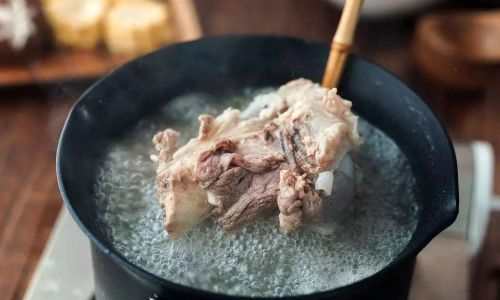
Understanding the Basics of Blanching Octopus
Blanching, a cooking technique where food is immersed in boiling water briefly and then often refreshed in ice water, serves multiple purposes. It can lock in vibrant colors, halt enzymatic processes that cause spoilage, and, in the case of octopus, tenderize its otherwise tough flesh. Octopus, a cephalopod with a reputation for chewiness if mishandled, requires careful attention during cooking. Overcooking renders it rubbery, while undercooking leaves it unappetizingly firm. The goal is to achieve a texture that is tender yet retains a pleasant bounce—a quality chefs often describe as al dente, similar to perfectly cooked pasta.
Selecting the Right Octopus: Size Matters
The journey to perfectly blanched octopus begins at the market. Octopuses vary in size, from small specimens weighing less than a pound to giants exceeding five pounds. Size directly influences cooking time, as larger octopuses require more heat to penetrate their thick flesh. When selecting, look for specimens with glossy skin, intact suckers, and a mild oceanic scent—signs of freshness. Frozen octopus, while convenient, should be thoroughly thawed before cooking to ensure even heat distribution.
Small Octopus (Under 1 Pound): These petite cephalopods are ideal for quick blanching. Their delicate flesh cooks rapidly, making them perfect for salads or light appetizers.
Medium Octopus (1–3 Pounds): A versatile choice, medium octopuses strike a balance between cooking time and meat yield. They are suitable for a range of preparations, from grilling to simmering.
Large Octopus (Over 3 Pounds): These behemoths demand patience. Their thick tentacles and body require longer cooking to break down collagen into silky gelatin, but careful timing prevents toughness.
Preparation: Cleaning and Tenderizing
Before boiling, octopus must be cleaned thoroughly. Start by rinsing the octopus under cold water, rubbing the skin to remove any grit or debris. Some recipes call for removing the beak (a hard, cartilaginous structure located at the base of the tentacles) and the eyes, though these steps are optional for blanching. For added tenderness, consider tenderizing the octopus using one of two methods:
- Freezing: Freezing octopus for 24–48 hours before cooking helps break down tough muscle fibers through cryo-blanching, a process where ice crystals disrupt collagen structures.
- Mechanical Tenderizing: Pounding the flesh with a meat mallet or scoring it lightly with a knife can also soften the meat.
The Boiling Process: Timing and Technique
The critical phase of blanching octopus lies in the boiling process. Here’s a step-by-step breakdown:
- Bring Water to a Rolling Boil: Fill a large pot with water, ensuring enough space to submerge the octopus completely. Add aromatic ingredients like ginger slices, scallions, or a splash of rice wine to enhance flavor, though purists may opt for plain water to let the octopus’s taste shine.
- Submerge the Octopus: Gently lower the octopus into the boiling water. For small octopuses, this may take 2–3 minutes; larger specimens require 5–7 minutes.
- The “Wooden Spoon Trick”: To prevent the octopus from curling violently (a common issue due to muscle contraction), insert a wooden spoon into the pot before adding the octopus. The spoon’s handle disrupts the water’s circulation, keeping the octopus submerged and even-textured.
- Adjust Heat to a Simmer: Once the water returns to a boil, reduce the heat to a gentle simmer. This step is crucial, as rapid boiling can toughen the meat.
- Monitor Cooking Time: The total cooking time depends on the octopus’s size:
- Small Octopus (Under 1 Pound): 2–3 minutes after the water returns to a boil.
- Medium Octopus (1–3 Pounds): 4–6 minutes.
- Large Octopus (Over 3 Pounds): 7–10 minutes.
Testing for Doneness: The Knife Test and Texture Check
Determining when octopus is perfectly cooked requires a combination of visual and tactile cues:
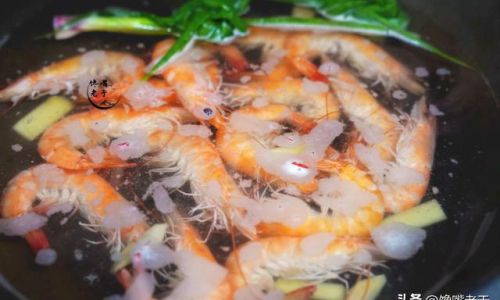
- The Knife Test: Pierce the thickest part of the tentacle with a paring knife. If it slides in with minimal resistance, the octopus is done.
- Texture Check: Gently press the flesh—it should yield slightly but retain a springy resilience. Overcooked octopus will feel mushy, while undercooked flesh resists pressure.
Common Mistakes and How to Avoid Them
Even seasoned cooks can stumble when blanching octopus. Here are pitfalls to sidestep:
- Overcrowding the Pot: Cooking multiple octopuses in a cramped pot lowers the water temperature, leading to uneven cooking. Use a pot large enough to accommodate the octopus comfortably.
- Skipping the Ice Bath: After blanching, immediately transfer the octopus to an ice water bath. This halts cooking and firms the flesh, preventing it from becoming waterlogged.
- Ignoring Size Variability: Cooking times are guidelines, not rules. Always adjust based on the octopus’s size and freshness.
Serving Suggestions: From Simple to Elegant
Blanched octopus’s versatility shines in its serving options:
- Chilled Octopus Salad: Toss thinly sliced octopus with arugula, cherry tomatoes, and a lemon-olive oil dressing for a refreshing starter.
- Grilled Octopus: After blanching, sear the octopus on a hot grill to caramelize the exterior, then serve with smoked paprika aioli.
- Asian-Inspired Presentations: Pair with a dipping sauce of soy sauce, rice vinegar, and sesame oil, garnished with thinly sliced scallions and toasted sesame seeds.
Advanced Techniques: Elevating Blanched Octopus
For those seeking culinary refinement, consider these pro tips:
- Court-Bouillon: Simmer the octopus in a flavorful liquid made from white wine, vegetables, and herbs before blanching. This imparts depth without overwhelming the natural taste.
- Sous-Vide Precision: For ultimate control, vacuum-seal the octopus with aromatics and cook sous-vide at 176°F (80°C) for 2–4 hours, depending on size. Finish with a quick sear or blanch.
- Natural Tenderizing Enzymes: Some chefs advocate marinating octopus in kiwi or papaya puree, which contain enzymes that break down proteins. However, this method requires caution to avoid mushiness.
The Science Behind Perfect Texture
Octopus meat’s texture is determined by collagen, a structural protein that transforms during cooking. At low temperatures, collagen remains intact, resulting in toughness. As heat increases, collagen melts into gelatin, tenderizing the meat. However, excessive heat causes gelatin to break down further, leading to dryness. Blanching achieves a sweet spot where collagen partially converts, yielding a tender yet firm texture.
Cultural Context: Octopus in Global Cuisines
While this article focuses on the Chinese blanching technique, octopus holds cultural significance worldwide:
- Mediterranean Traditions: In Greece and Spain, octopus is often grilled after simmering in copper pots for hours, a method that imparts a smoky char.
- Japanese Precision: Takoyaki, a popular street food, features small octopus chunks in savory battered balls, showcasing the ingredient’s adaptability.
- Korean Banchan: Nakji-bokkeum, a spicy stir-fried octopus dish, highlights the cephalopod’s chewiness as a textural contrast.
Troubleshooting Guide: Fixing Common Issues
- Rubbery Octopus: Overcooking is the culprit. Slice thinly and serve in cold dishes, where the texture is less noticeable.
- Tough Octopus: Undercooking or insufficient tenderizing. Return to a simmer for a few minutes, then shock in ice water.
- Bland Flavor: Enhance the cooking liquid with aromatics or finish with a bold sauce.
Conclusion: The Pursuit of Perfection
Blanching octopus is a culinary dance between science and intuition. While timing provides a roadmap, the cook’s instinct—honed through practice—guides the final steps. Whether served in a minimalist Chinese presentation or reimagined in a fusion dish, perfectly blanched octopus rewards patience and precision. So, the next time you stand at the stove, pot of boiling water at the ready, remember: the difference between rubbery and sublime lies in minutes measured not by the clock, but by the touch of a knife and the bounce of the flesh.
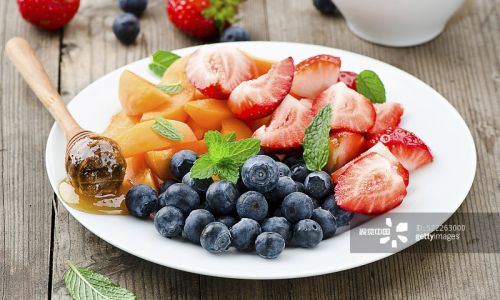

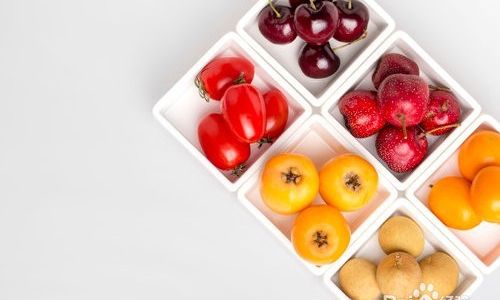
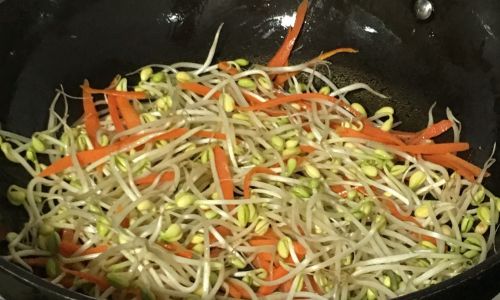
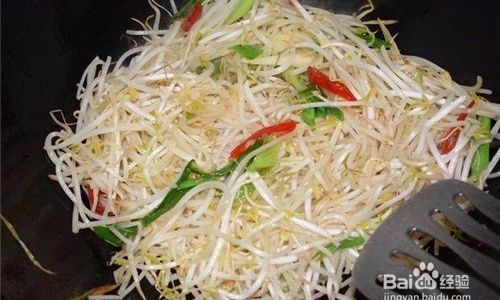
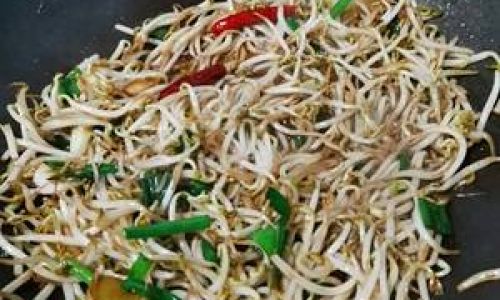
0 comments